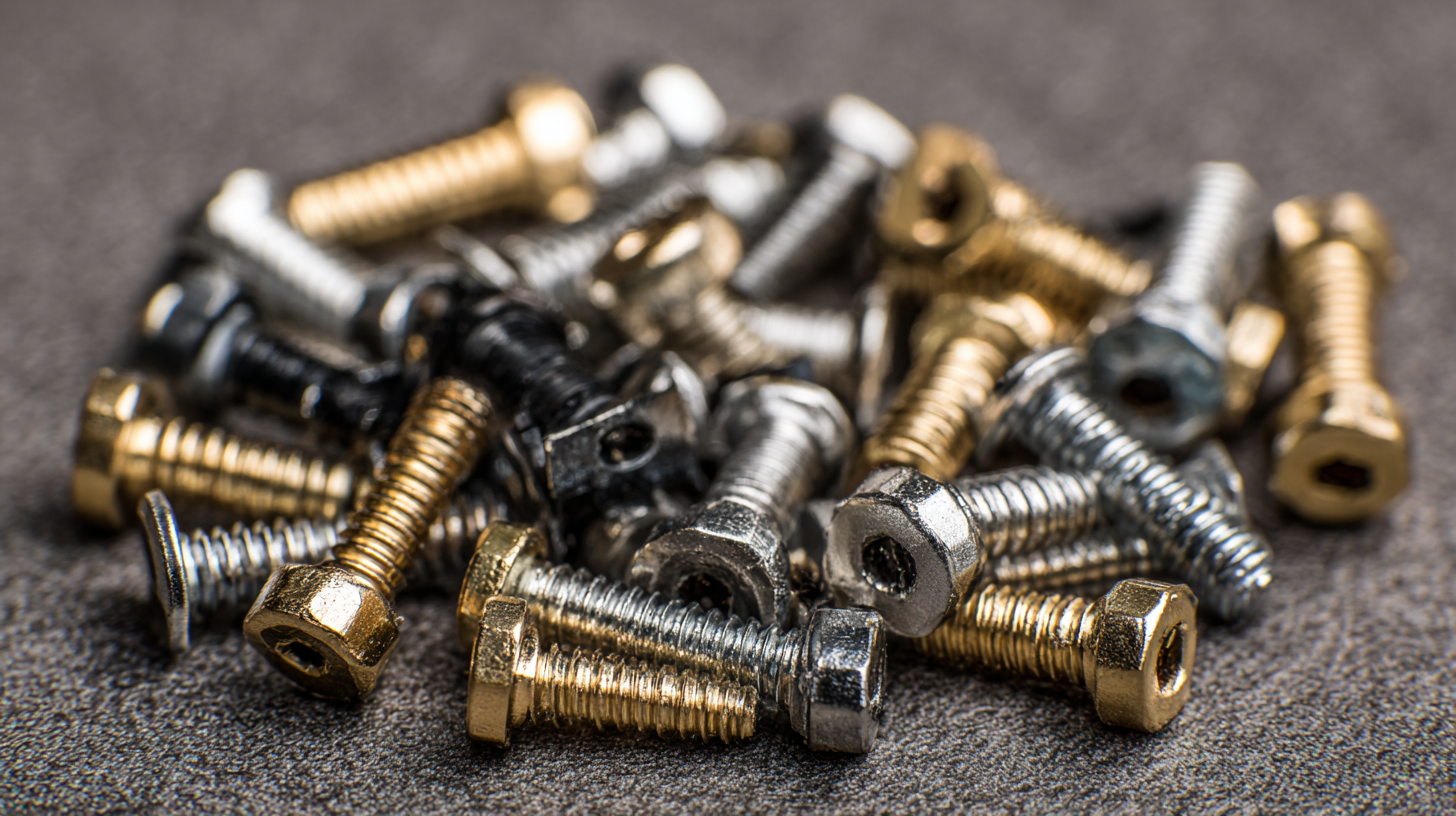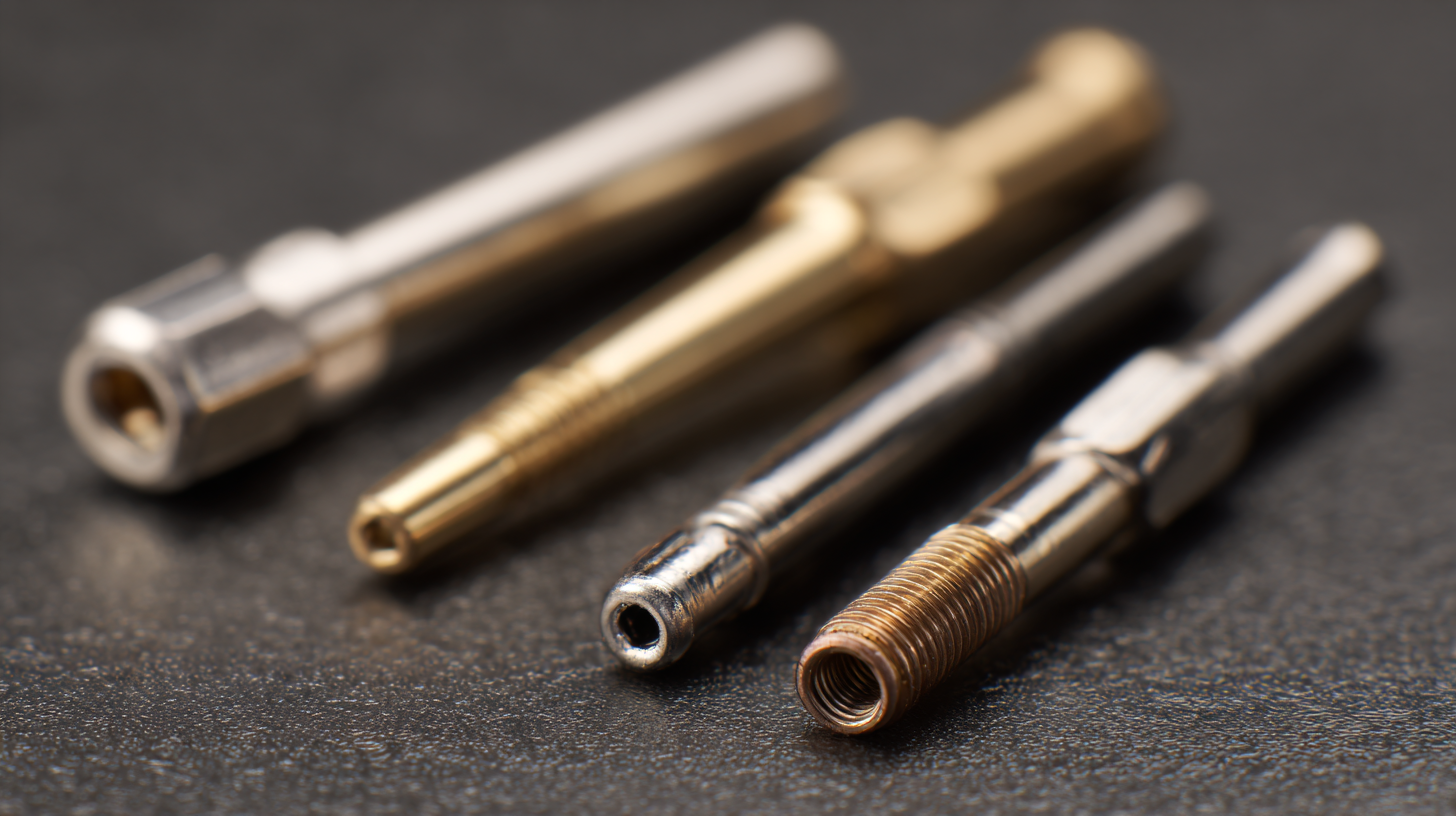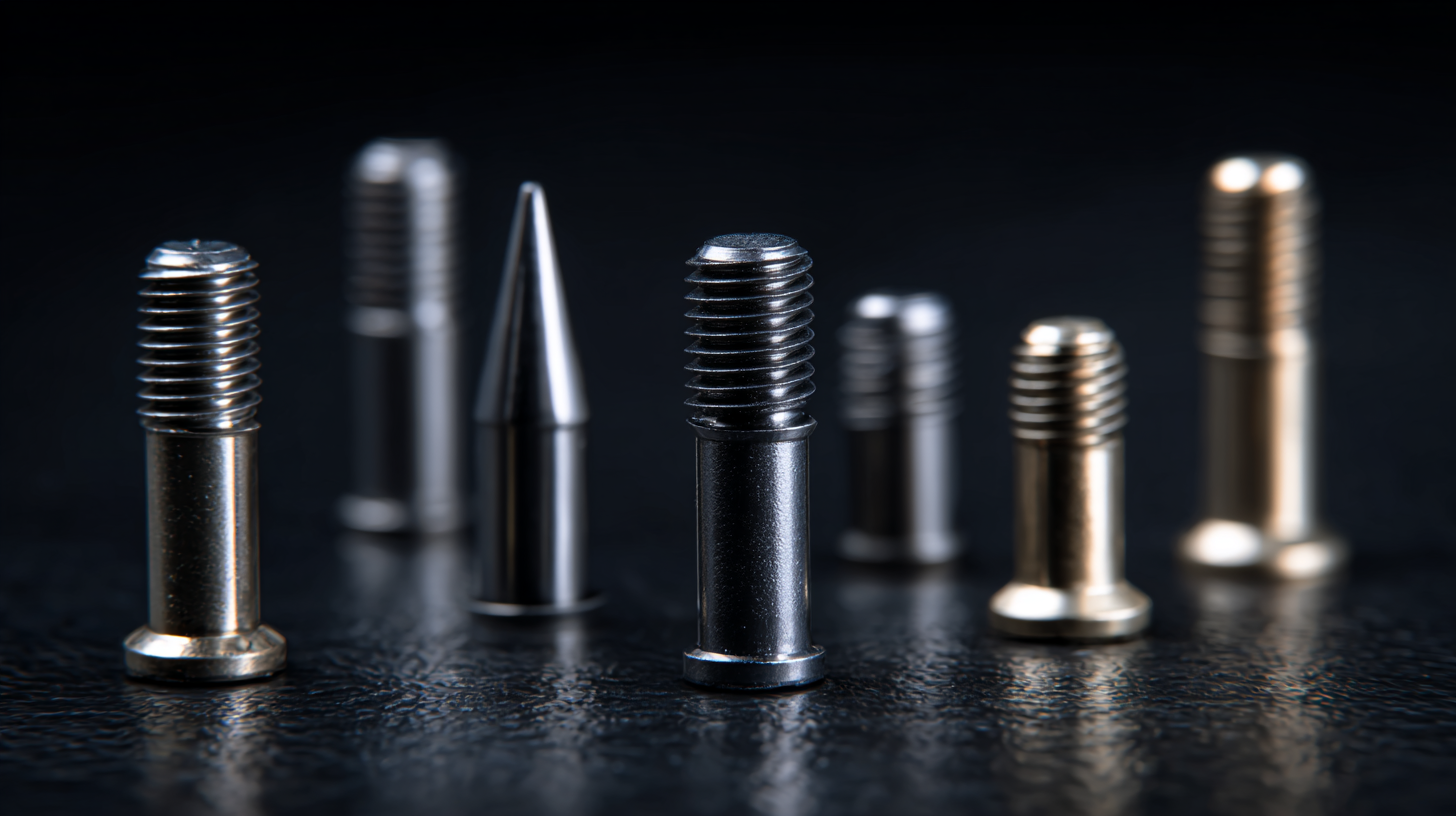


In the ever-evolving landscape of electronics and connectivity, Male Header Pins have emerged as a critical component in various applications, ranging from consumer electronics to industrial machinery. According to a recent market analysis by ResearchAndMarkets, the global interconnection market, which includes the use of male header pins, is projected to reach approximately USD 12 billion by 2025, reflecting a substantial growth driven by advancements in technology and increasing demand for compact and efficient electronic solutions. This ultimate guide aims to explore the unique features and applications of the best male header pins available in the market today for global buyers.

By highlighting their significance in circuit design and the various factors that influence their selection, we will empower you with the knowledge to make informed decisions in your electronic projects.
The evolution of male header pins plays a crucial role in the advancement of electronics, particularly within the context of circuit testing and connectivity solutions. As technology progresses, the need for reliable and efficient electronic components has surged, paving the way for innovative designs and applications of male header pins. These components have become essential in ensuring proper connections in various electronic devices, enhancing performance and reliability.
According to industry reports, the global in-circuit testing (ICT) probe market is projected to value approximately $2.26 billion in 2024, with expectations to rise to around $2.77 billion by 2025. This rapid growth highlights the increasing importance of precision testing solutions in electronics. Moreover, by 2033, this market is anticipated to reach an impressive $5.375 billion, showcasing a robust demand for efficient testing methodologies. The logical test probe card market, segmented by type—such as vertical pins and membrane logic test probe cards—demonstrates the diverse applications and continuous evolution of these vital components, further underlining their significance in modern electronics.

When it comes to high-performance electronic connections, male header pins stand out as a vital component in various applications. The key characteristics that differentiate the best male header pins are their material quality, pin pitch, and customization options. Industry research indicates that header pins made from high-grade materials—such as gold, brass, and nickel—exhibit superior conductivity and corrosion resistance, crucial for reliable connections in diverse environments. A report from TechNavio forecasts that the global market for male header pins is expected to grow at a CAGR of 5% between 2023 and 2028, driven by the demand for compact and efficient electronic devices.
Another essential aspect of male header pins is the pin pitch, which typically varies from 2.54mm to 1.27mm. A tighter pin pitch allows for more connections in a smaller space, making it a preferred choice in miniaturized design applications, such as smartphones and IoT devices. Furthermore, customization options, including different lengths and plating types, enhance compatibility across various circuit board designs. According to a recent study by Mordor Intelligence, the increasing trend of miniaturization in consumer electronics is propelling the demand for customized male header pins, ensuring that manufacturers can meet specific design requirements while maintaining product integrity.
Male header pins are essential components widely utilized across various industries, thanks to their reliable performance in connecting circuit boards and devices. In sectors such as consumer electronics, industrial automation, and telecommunications, male header pins serve as critical interfaces for signal transmission and power distribution. According to a recent market report, the board-to-board connectors market, which encompasses male header pins, is projected to witness significant growth by 2032, driven by increasing demand for compact and efficient electronic solutions.
Moreover, innovations in connector technology are transforming their applications. For instance, the introduction of new high-density connectors aims to overcome existing limitations faced in optical modules, facilitating better signal integrity and miniaturization. Applications of these advanced male header pins extend beyond traditional electronics, finding their place in emerging fields like automotive connections, where reliability and performance are paramount. With evolving industry standards and technologies, the versatility of male header pins continues to make them indispensable in modern engineering and manufacturing processes.
When selecting the right type of male header pins for your projects, it’s essential to consider a few key factors that can significantly affect performance and usability. Male header pins are vital in various electronic applications, providing secure connections in circuit boards and various hardware systems. According to a report by Research and Markets, the global market for electronic connectors, which includes male header pins, is projected to reach $78.14 billion by 2027, growing at a CAGR of 5.3%. This growth underscores the importance of choosing the right connectors to enhance project efficiency and reliability.
Understanding the specific requirements of your project is crucial in the selection process. Factors such as pin pitch, number of pins, and material composition can dictate the suitability of a male header pin for your application. For instance, a standard pitch of 2.54mm (0.1 inches) is typically used in prototyping boards, while finer pitches (1.27mm) might be necessary for compact devices. A report by Mordor Intelligence highlights that the increasing demand for miniaturization and lightweight designs in electronic devices has led to an uptick in the adoption of smaller and more efficient male header pins. Furthermore, evaluating the current and voltage ratings is critical to ensure that the selected male header pins align with the power requirements of your project, thereby optimizing performance and safety.
 As the demand for male header pins continues to grow in various industries, it's essential to stay informed about global market trends and insights. Male header pins are widely used in electronic devices for making secure connections, which makes them a valuable component for manufacturers and designers. Currently, we see an inclination towards customizable header pins, allowing for versatility in design while ensuring compatibility with diverse applications. This trend highlights the need for suppliers to adapt and cater to the shifting preferences of global buyers.
As the demand for male header pins continues to grow in various industries, it's essential to stay informed about global market trends and insights. Male header pins are widely used in electronic devices for making secure connections, which makes them a valuable component for manufacturers and designers. Currently, we see an inclination towards customizable header pins, allowing for versatility in design while ensuring compatibility with diverse applications. This trend highlights the need for suppliers to adapt and cater to the shifting preferences of global buyers.
For buyers looking to invest in male header pins, it is crucial to consider the quality and specifications that meet the requirements of their projects. One effective tip is to compare different manufacturers and their certifications to ensure you’re purchasing from a reputable source. Pay attention to the materials used; high-quality pins typically offer better conductivity and durability, leading to long-term advantages for your designs. Additionally, keeping an eye on emerging technologies and innovations within the industry can help you stay ahead of competitors and better meet customer needs.
Another tip for navigating this market is to leverage online platforms and trade shows to explore a variety of products. Engaging with suppliers and seeking feedback from previous users can provide valuable insights into the performance and reliability of male header pins. Understanding the broader market dynamics will ultimately empower you to make informed purchasing decisions that align with your project specifications.
